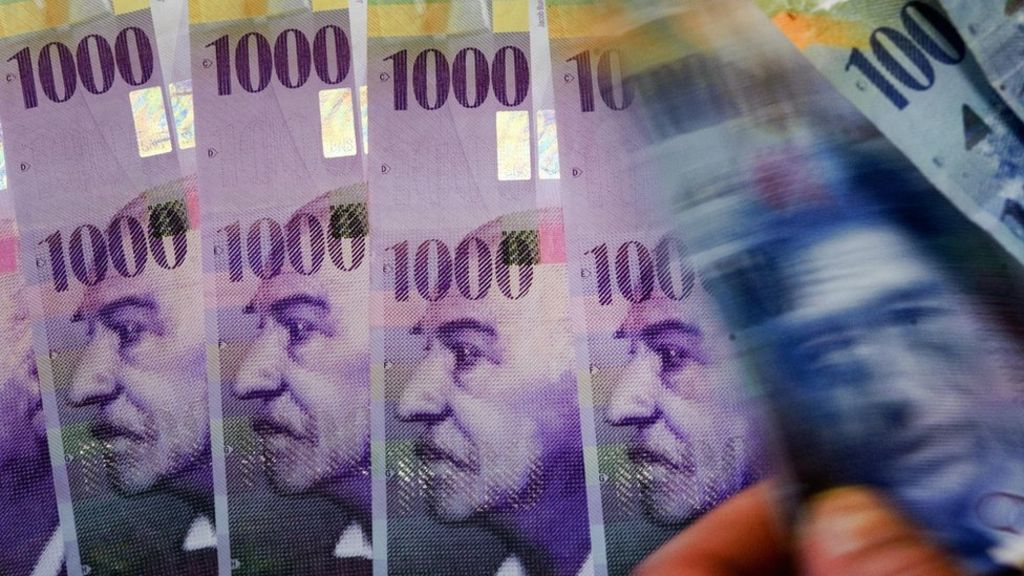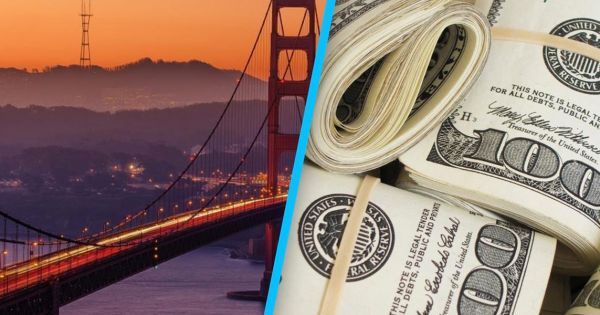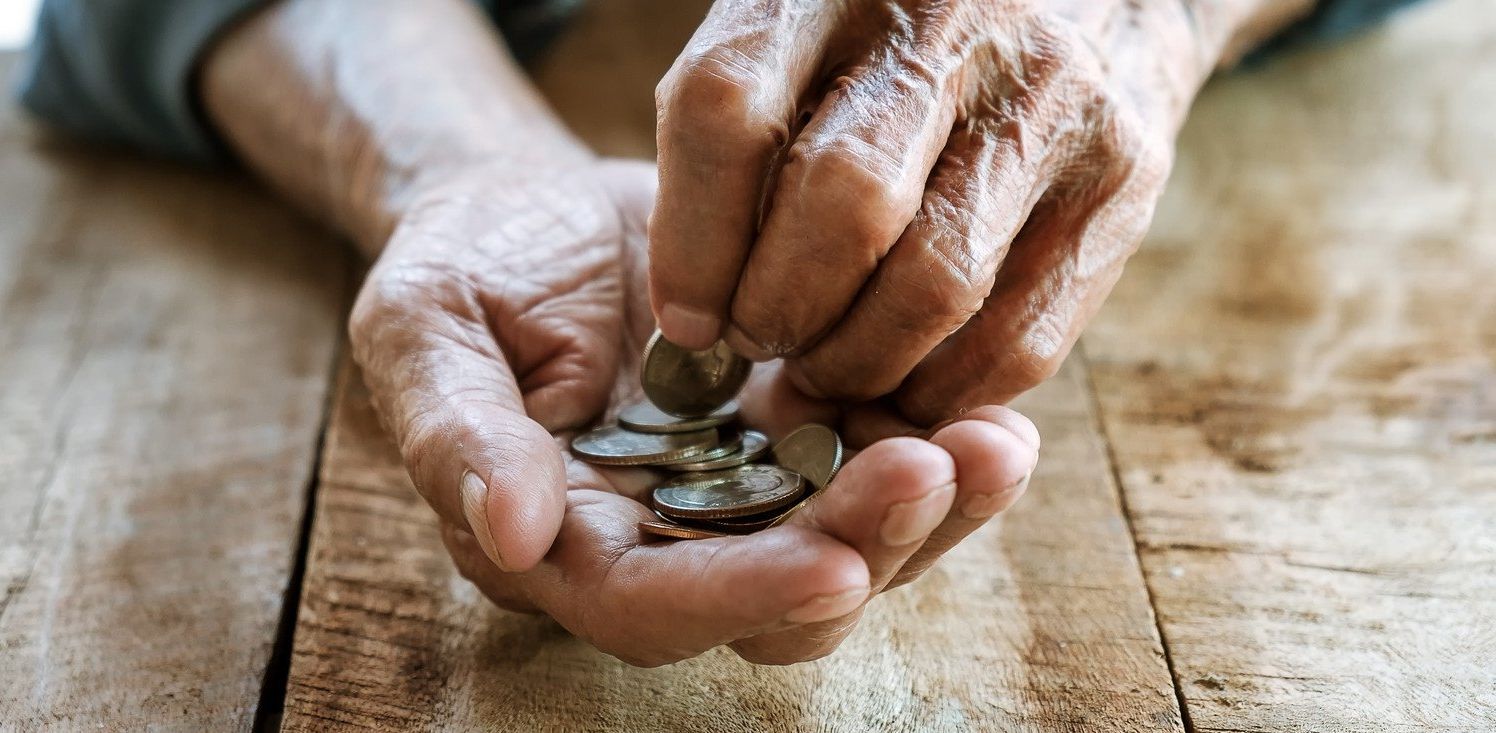A new wave of Chinese outbound investment has arrived in Israel, led by a younger generation of Chinese investors and entrepreneurs. This generation is more technology savvy than its predecessors, more focused on innovation, and will have a deep and lasting impact on Israel’s startup ecosystem.
Earlier waves of Chinese international investment were focused on manufacturing, natural resources and infrastructure. They were dominated by state-backed enterprises targeting large-scale projects and companies, often in Africa and frontier economies. Now, with outbound investment led by entrepreneurial investors who are digital natives, the emphasis is changing, and that is where Israel stands to benefit.
This generation is characterized by technology pioneers such as Alibaba, Baidu, Huawei, Kuang-Chi and Xiaomi, among the world’s most successful tech companies, on par with Western counterparts such as Amazon, Cisco and Samsung. What they see in Israel is an unmatched opportunity to learn and benefit from the unique Israeli technology ecosystem that is fast, dynamic, and lean.








